So, monohull or catamaran?
There is no doubt that the sailing experience is totally different and much less sport oriented on a catamaran similar to our Bali 4.2, but the pleasure on board and the feeling of space, without ever having the impression of stepping on each other’s toes, made it a particularly attractive cruising environment. As far as performance is concerned, if we take the two boats we sailed on as an example, they are not that far apart: the monohull, also equipped with a small self-tacking jib, goes upwind a little better than the Bali but it’s a close-run thing. On the other hand, if you have on board windsurfers as demanding as us, the catamaran is of course preferable. The surface offered by the «trampoline» offers unexpected possibilities for rigging the boards on a 42-foot sailboat. As for the steps at the back of the floats, they constitute an ideal launching platform. However, the Bali 4.2 charter price is 50% higher than for the Dufour 460 GL.
 Discover the 2025 winners!
Discover the 2025 winners! 
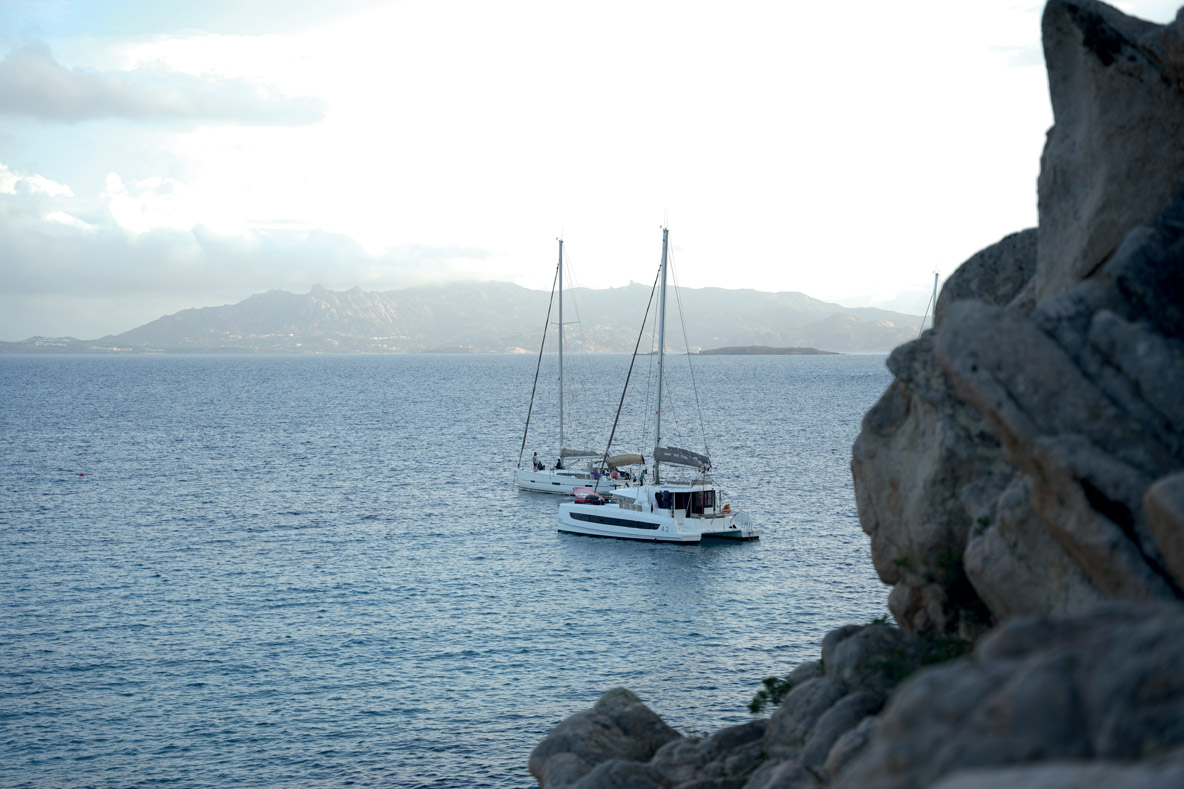
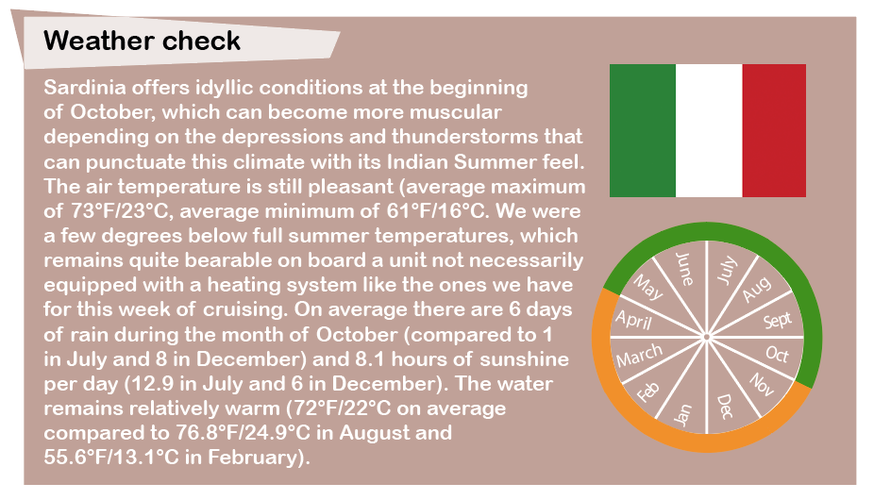
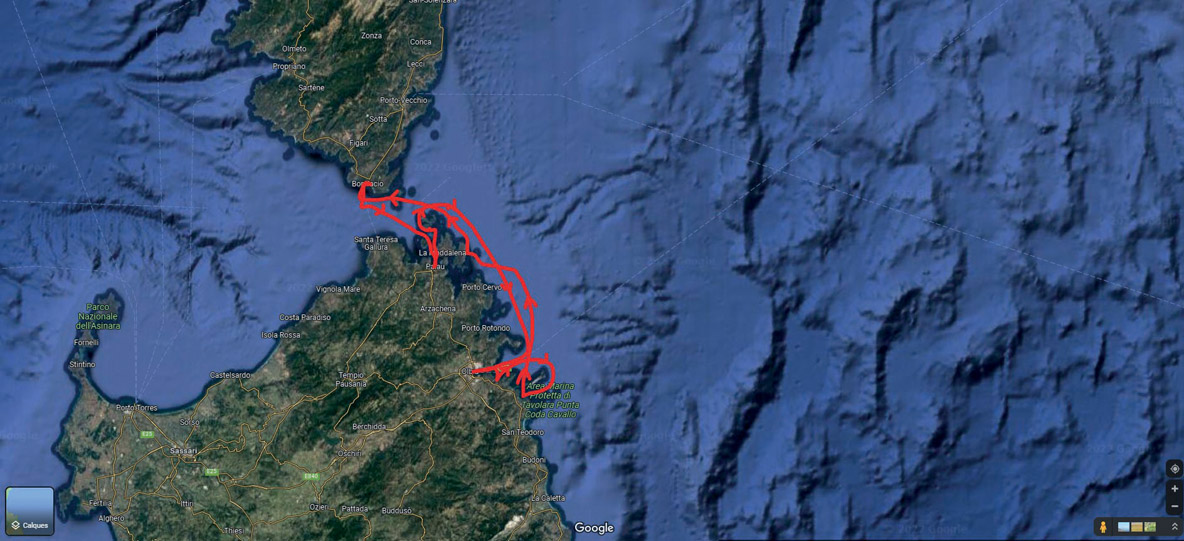
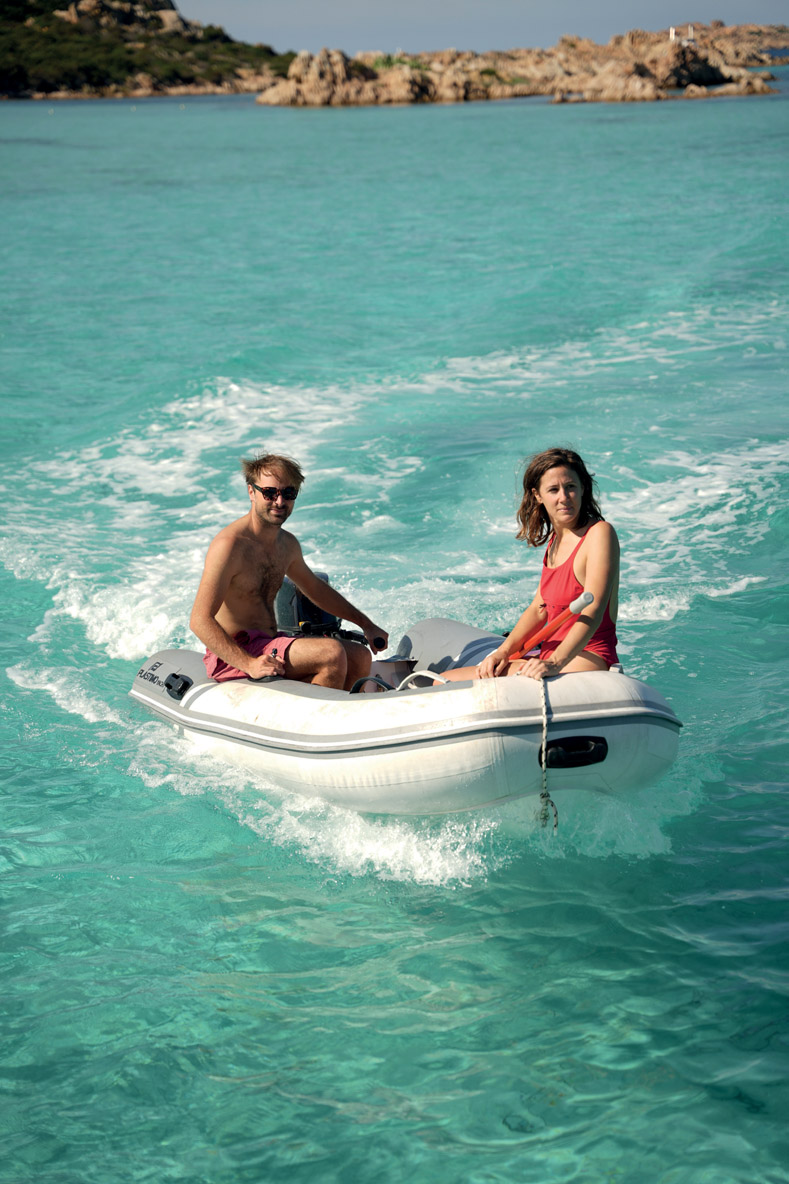
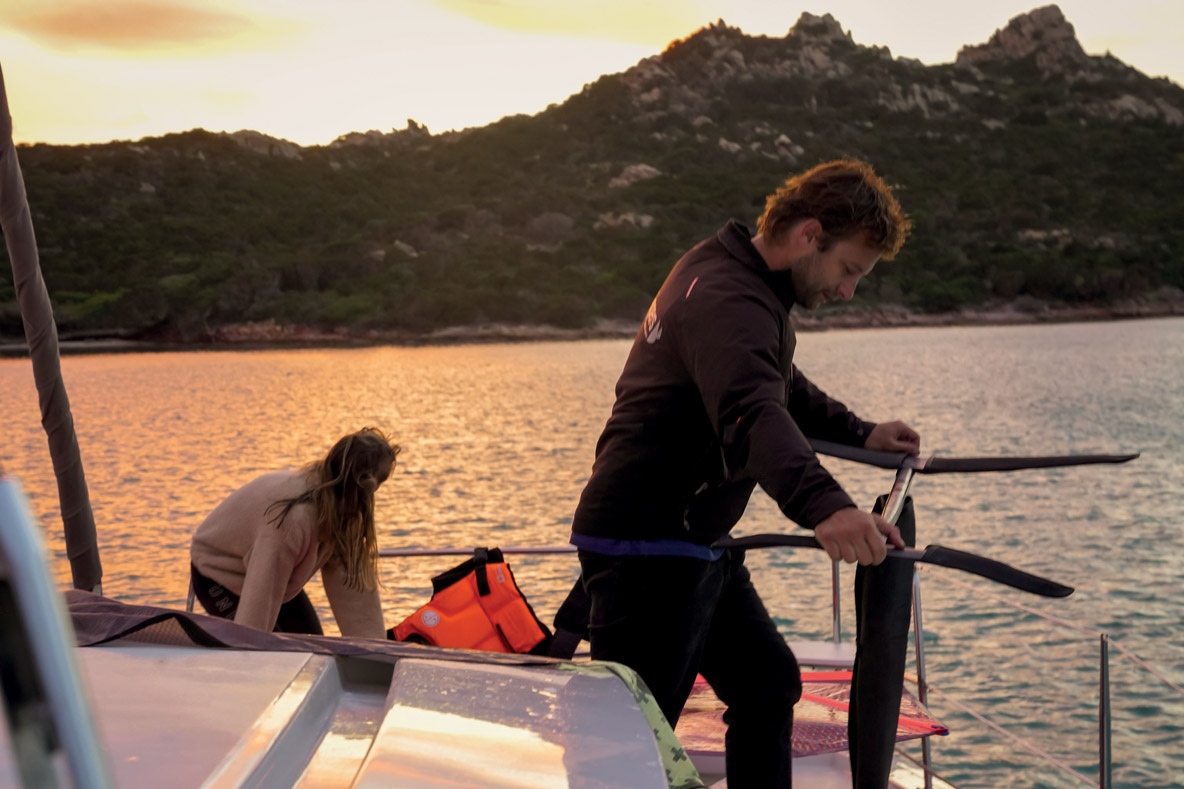
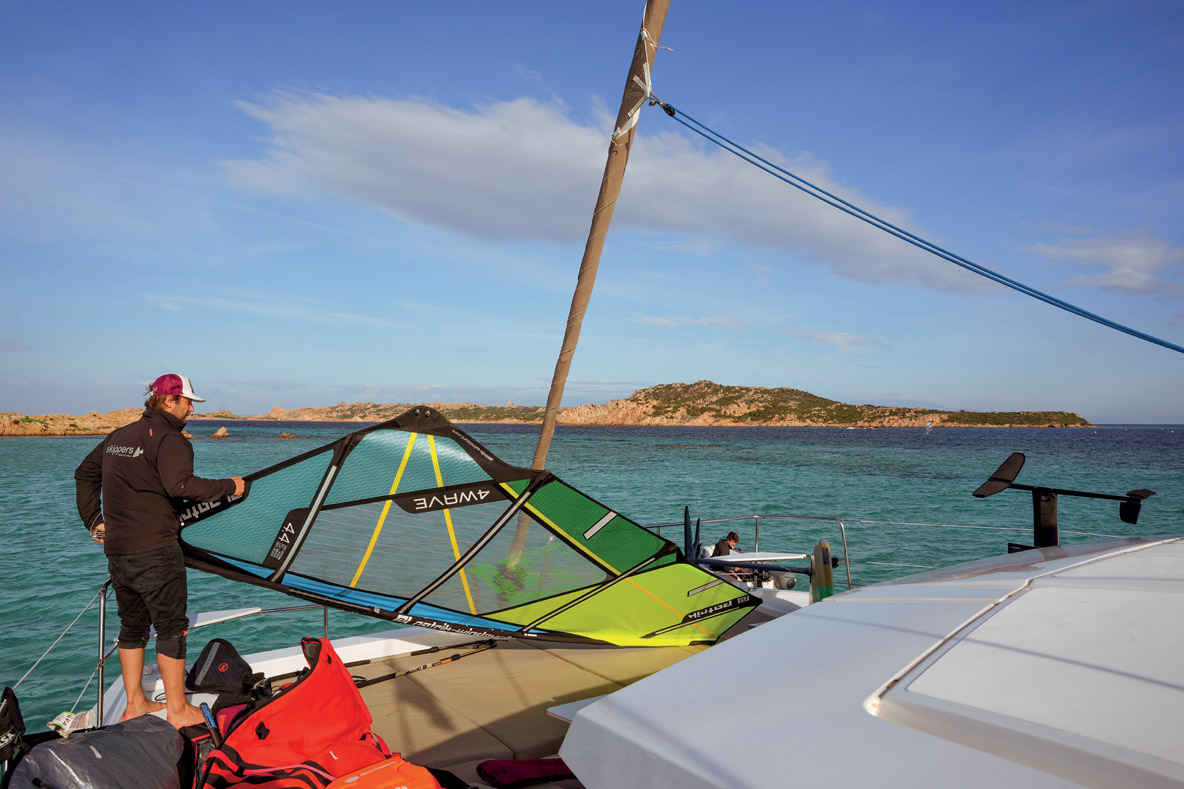
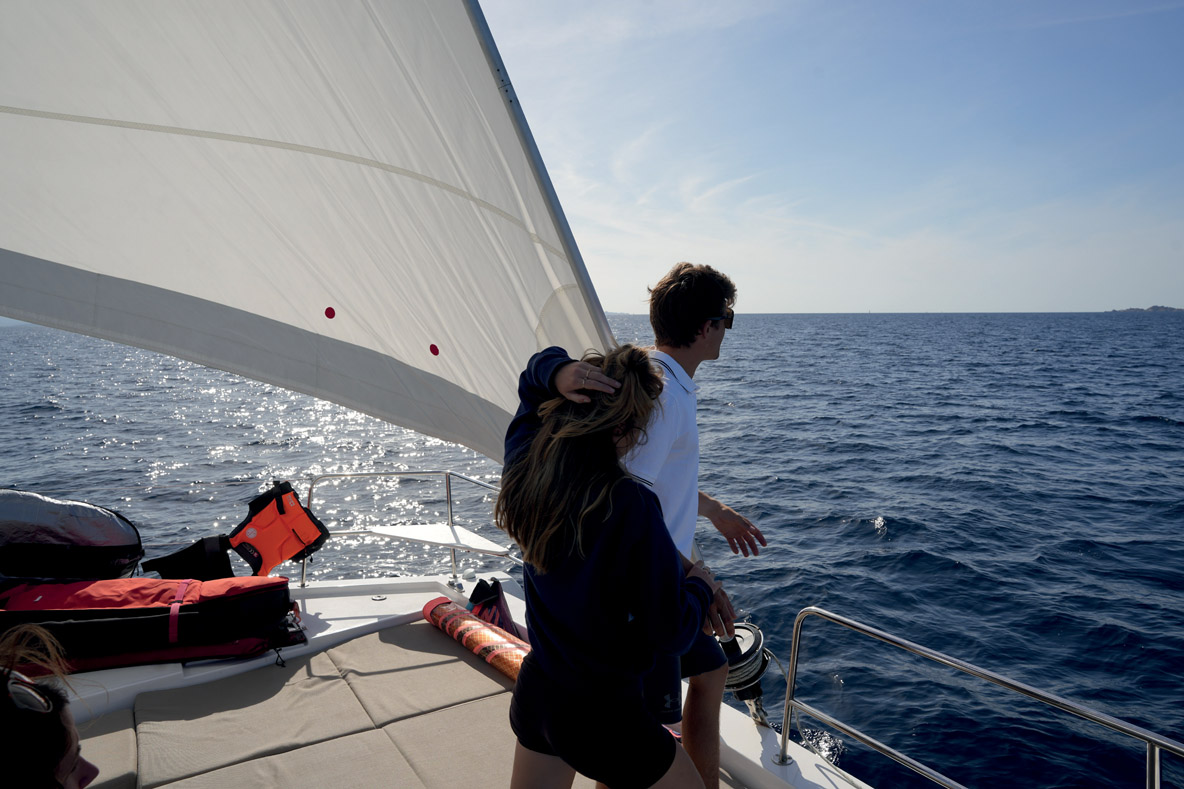
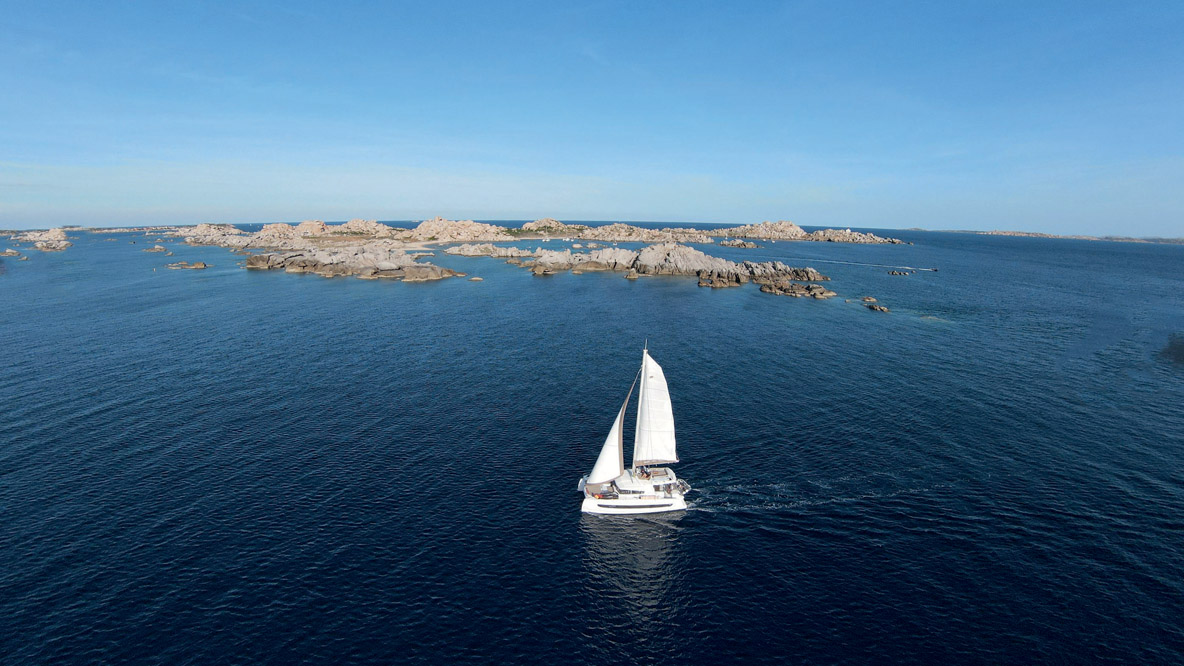
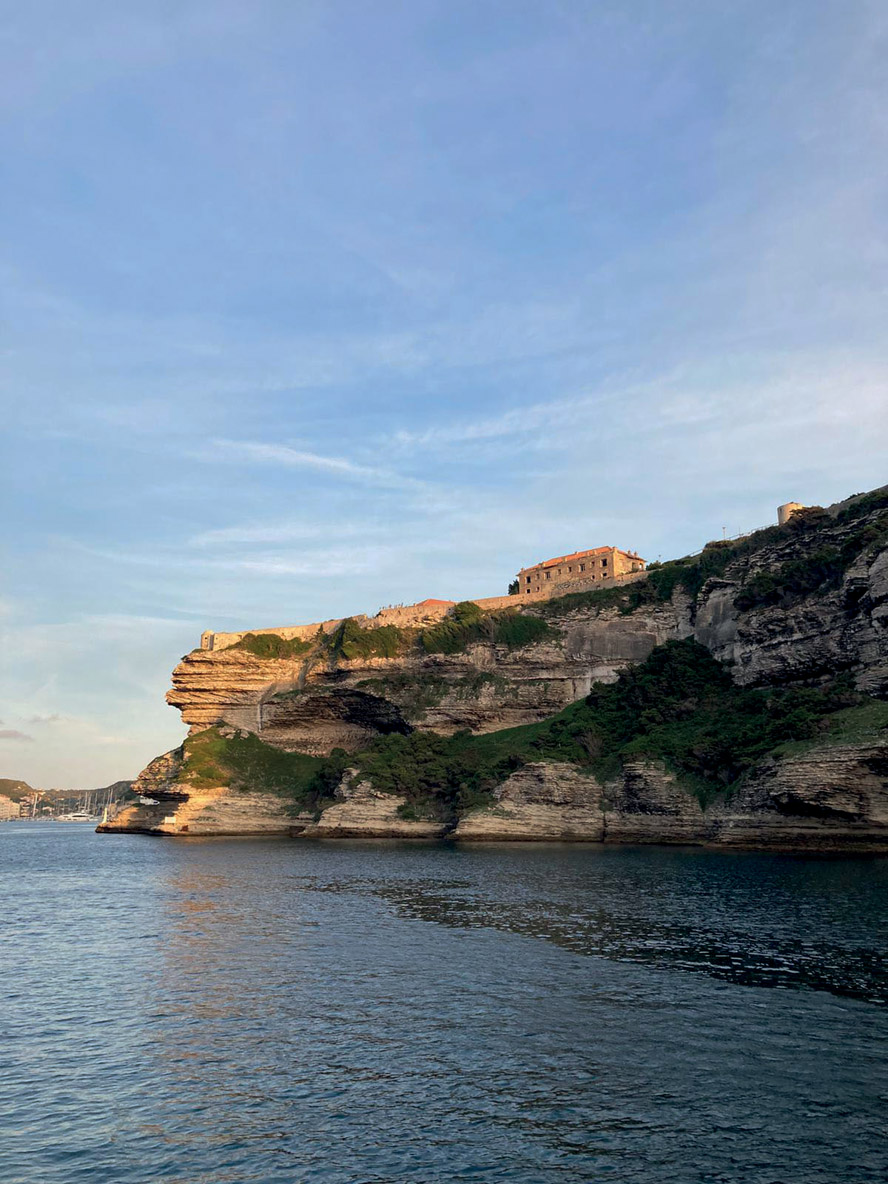
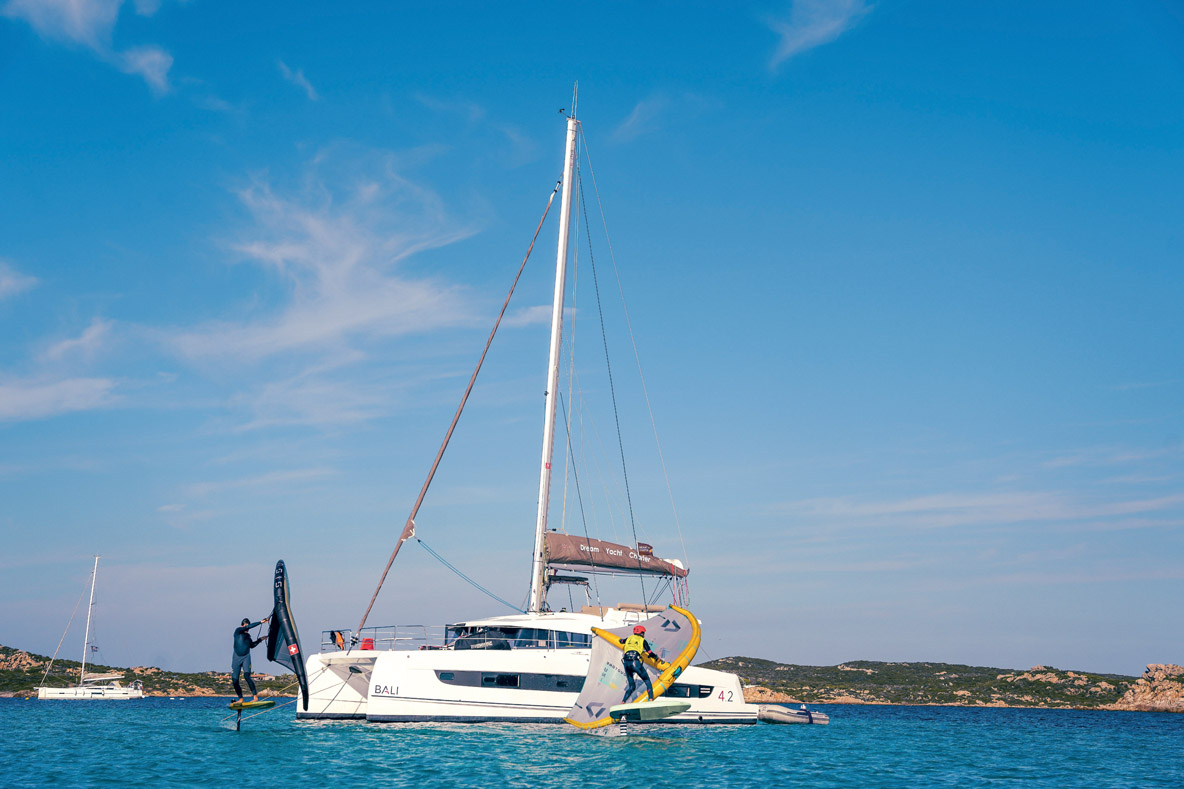
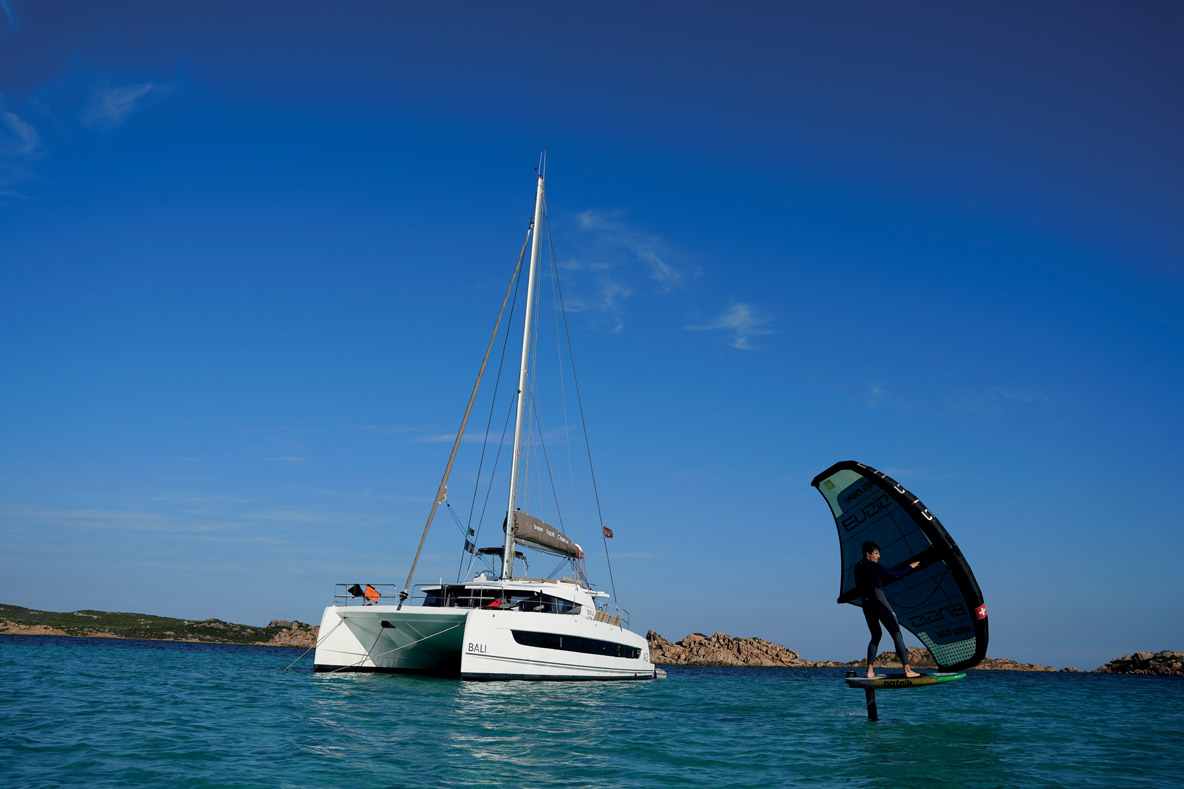
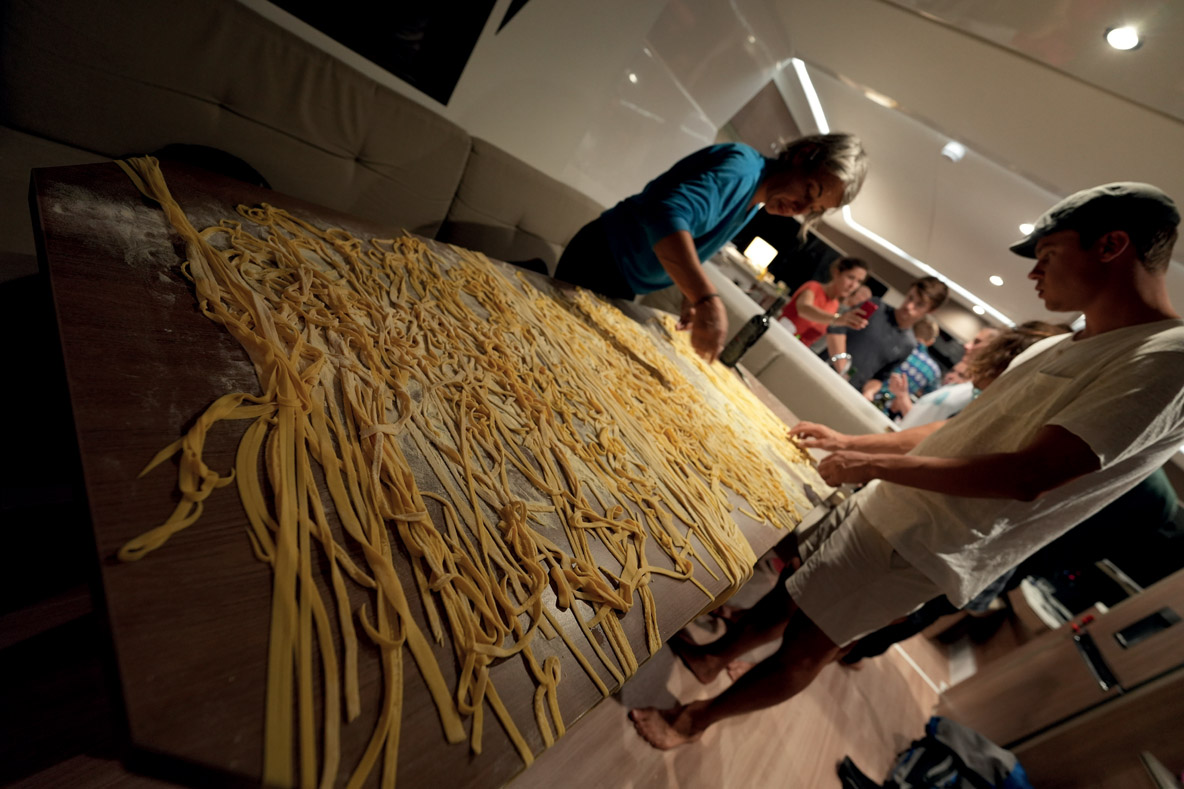
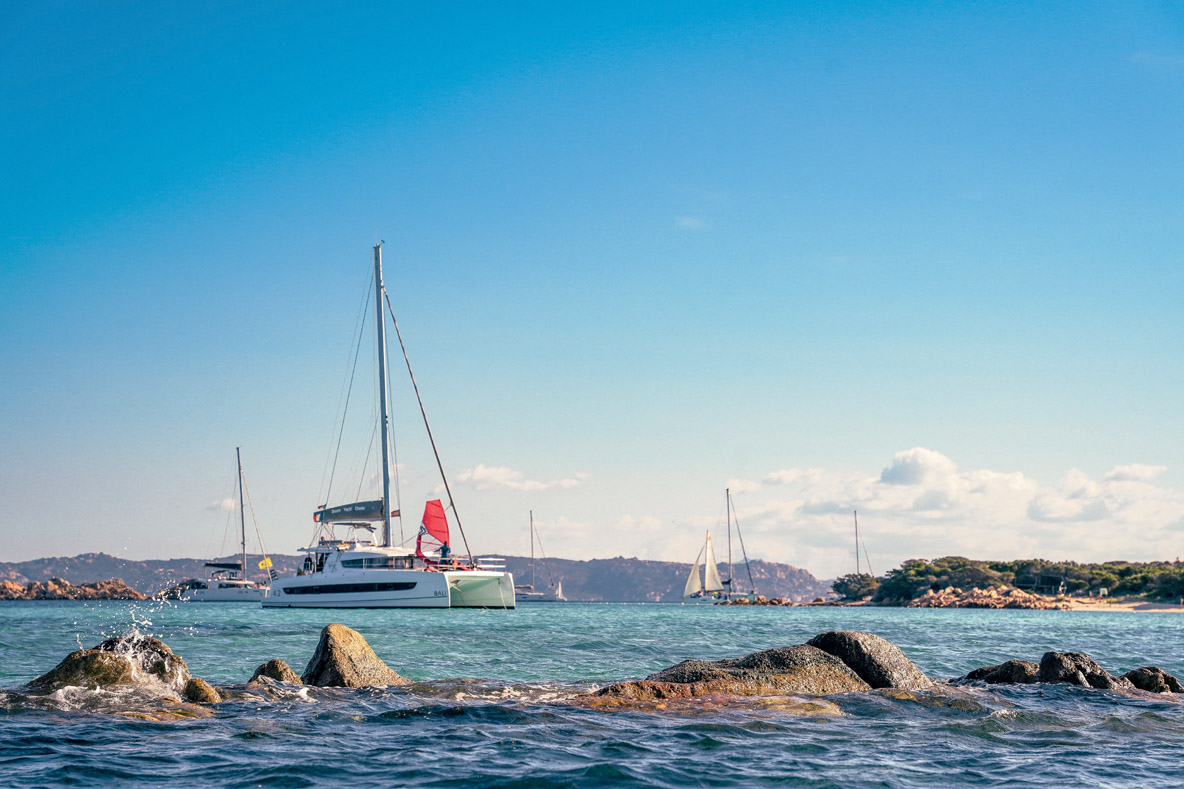
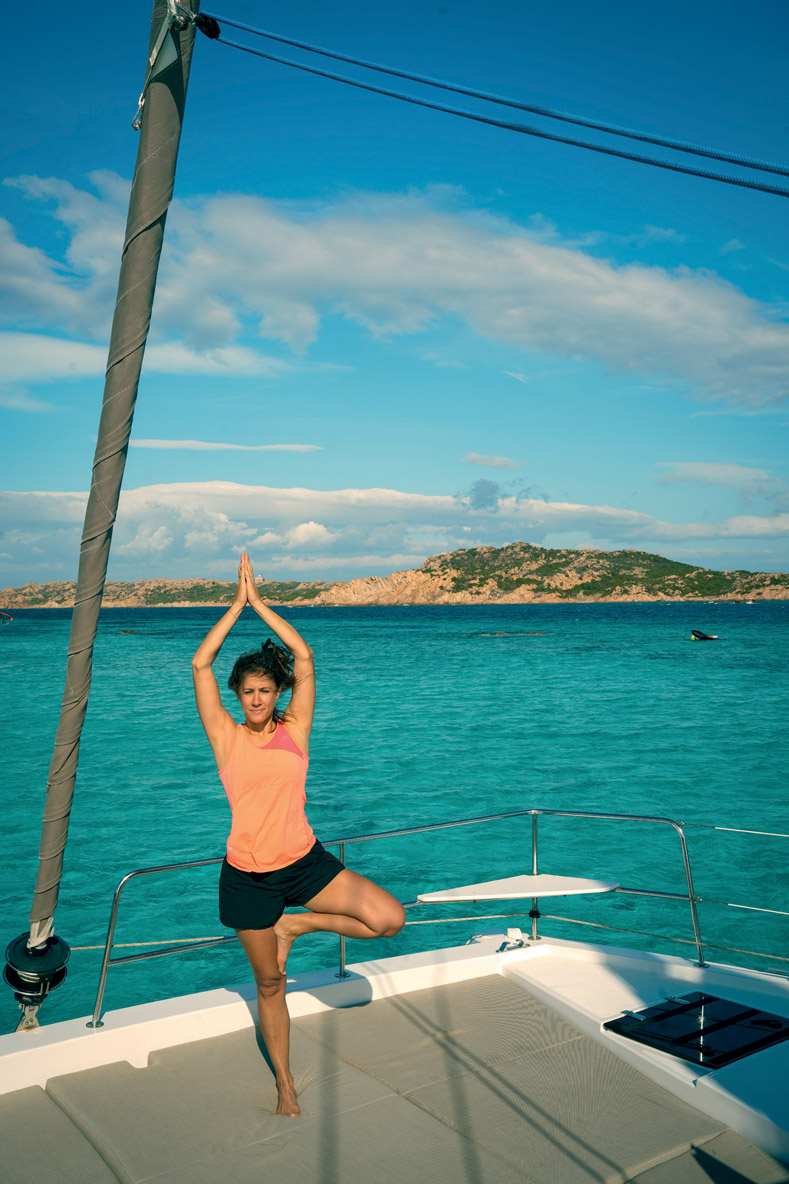
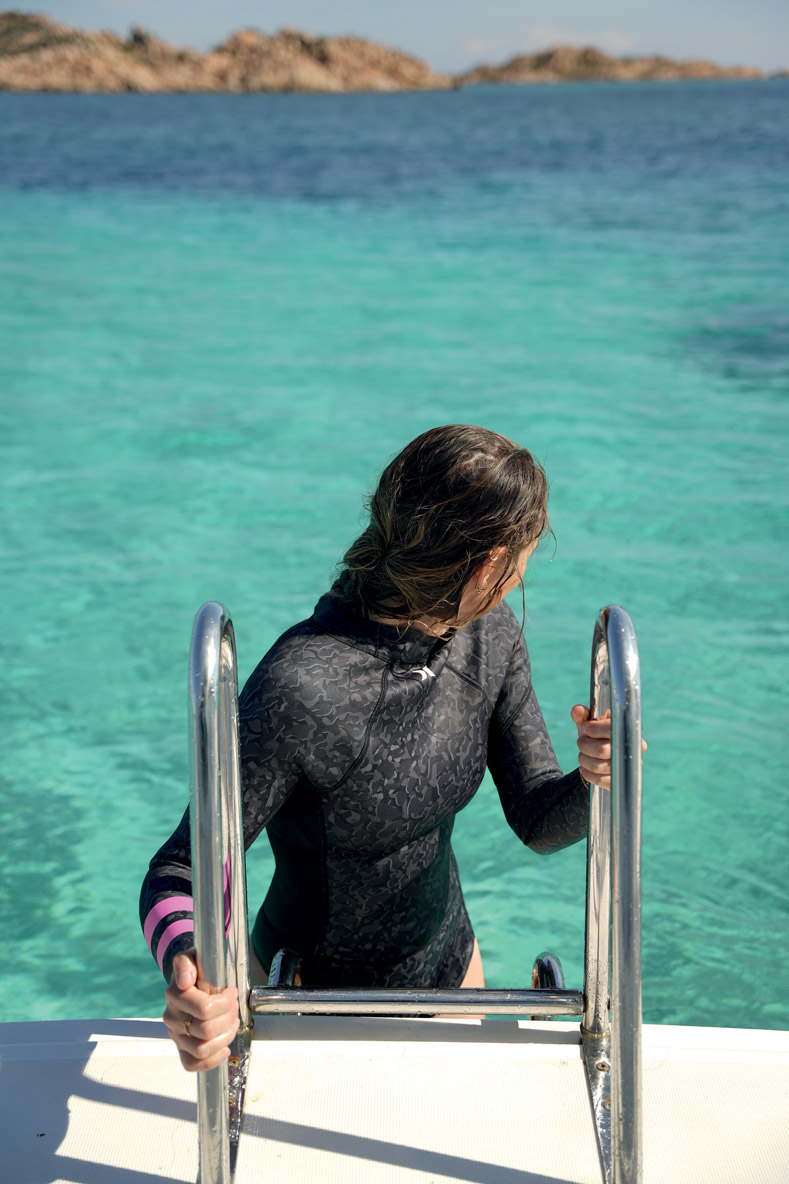
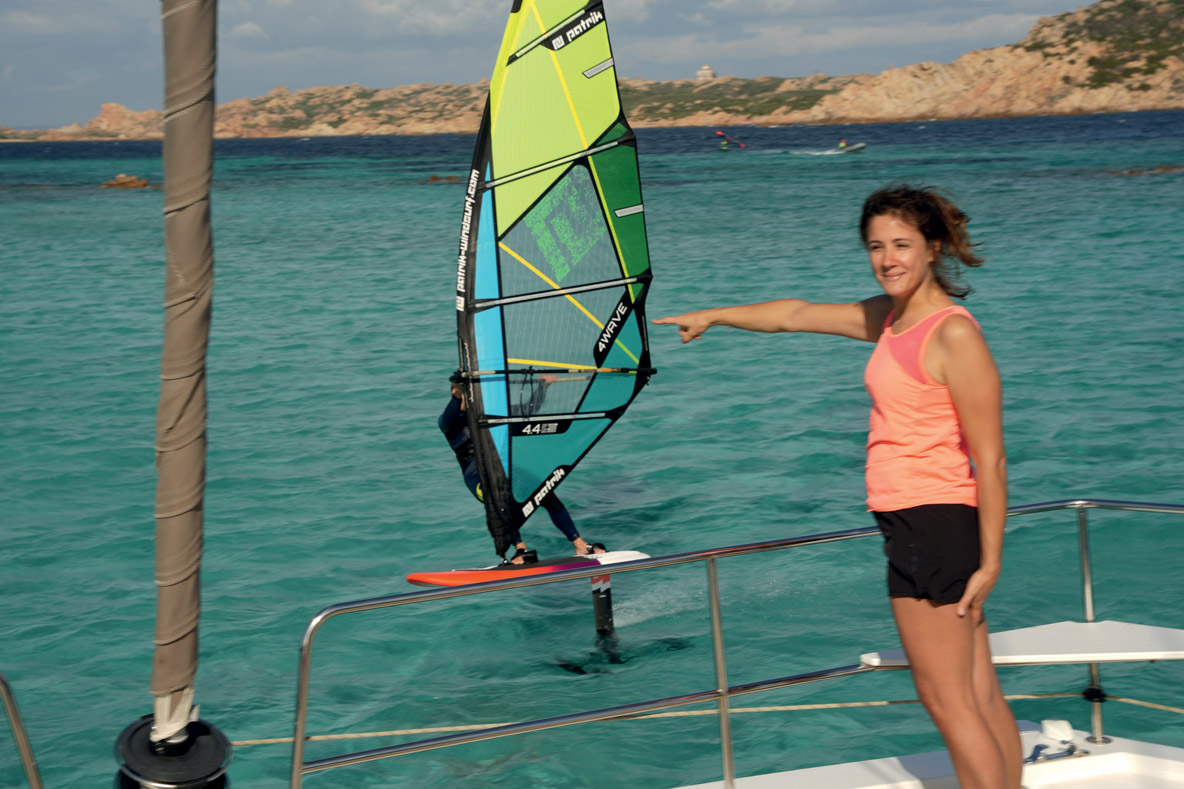
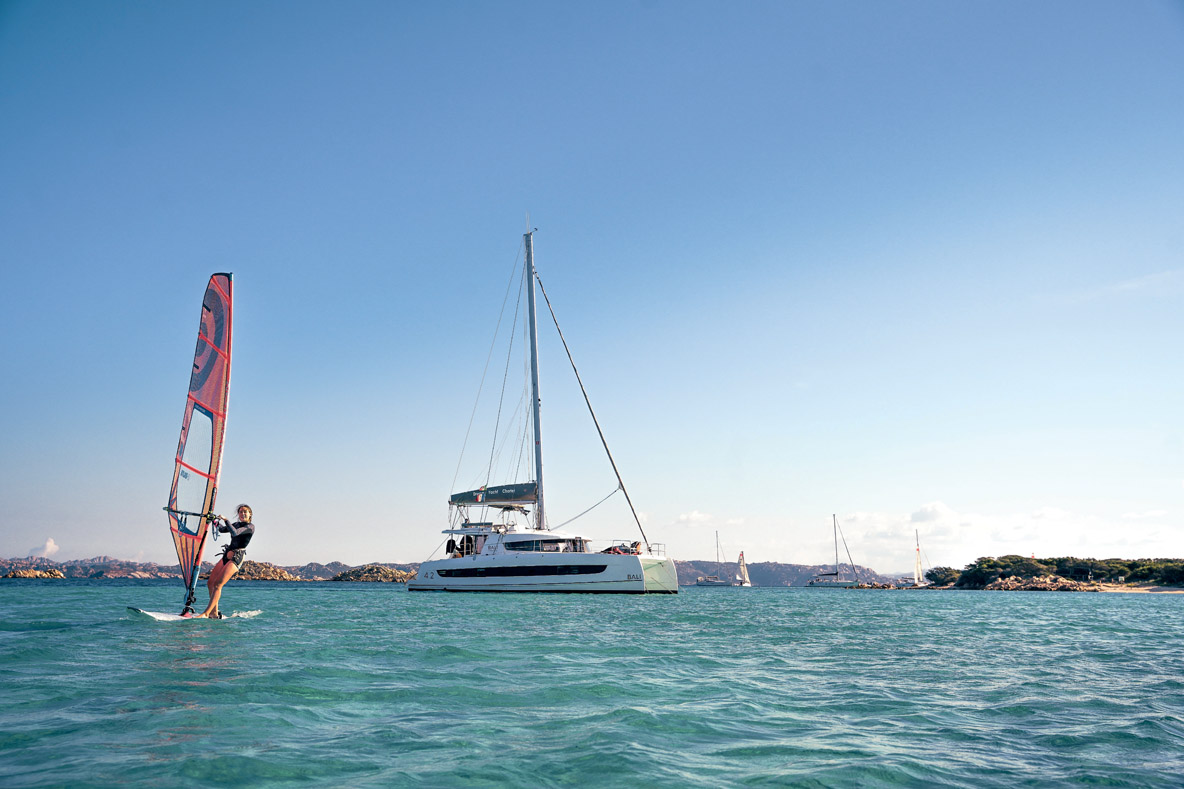
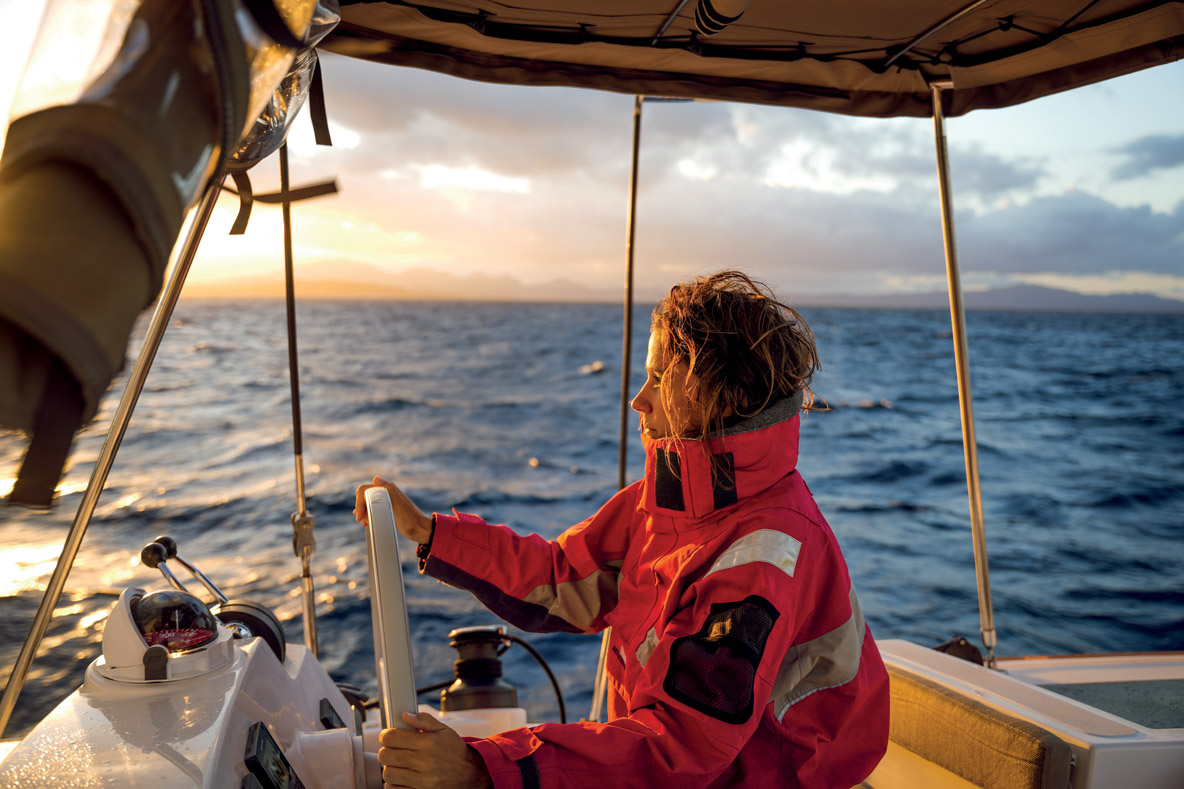
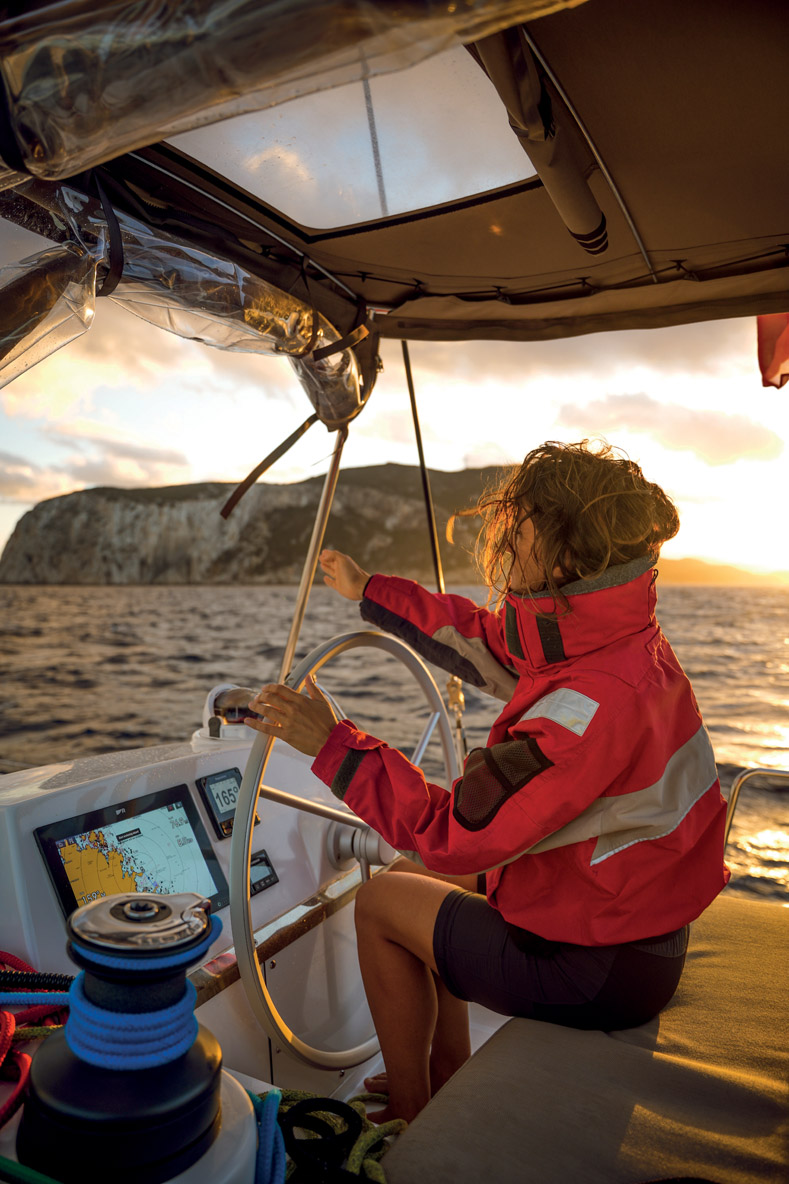
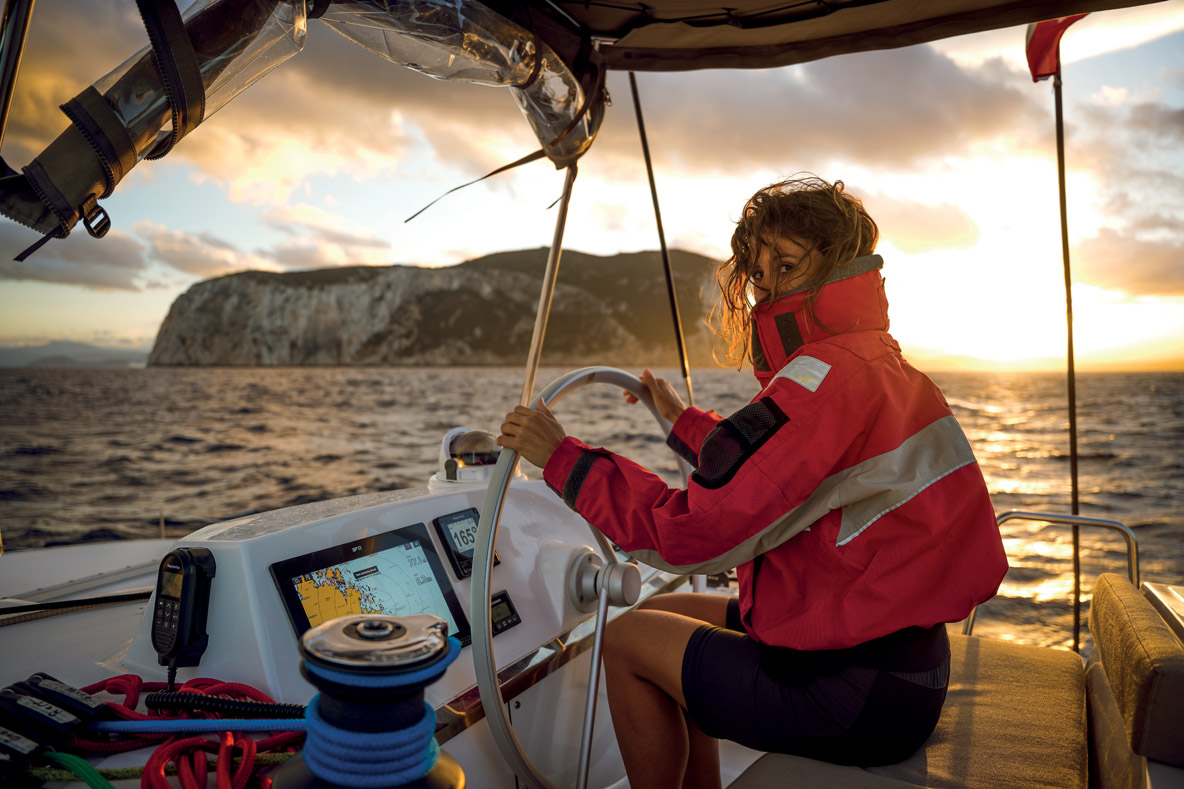
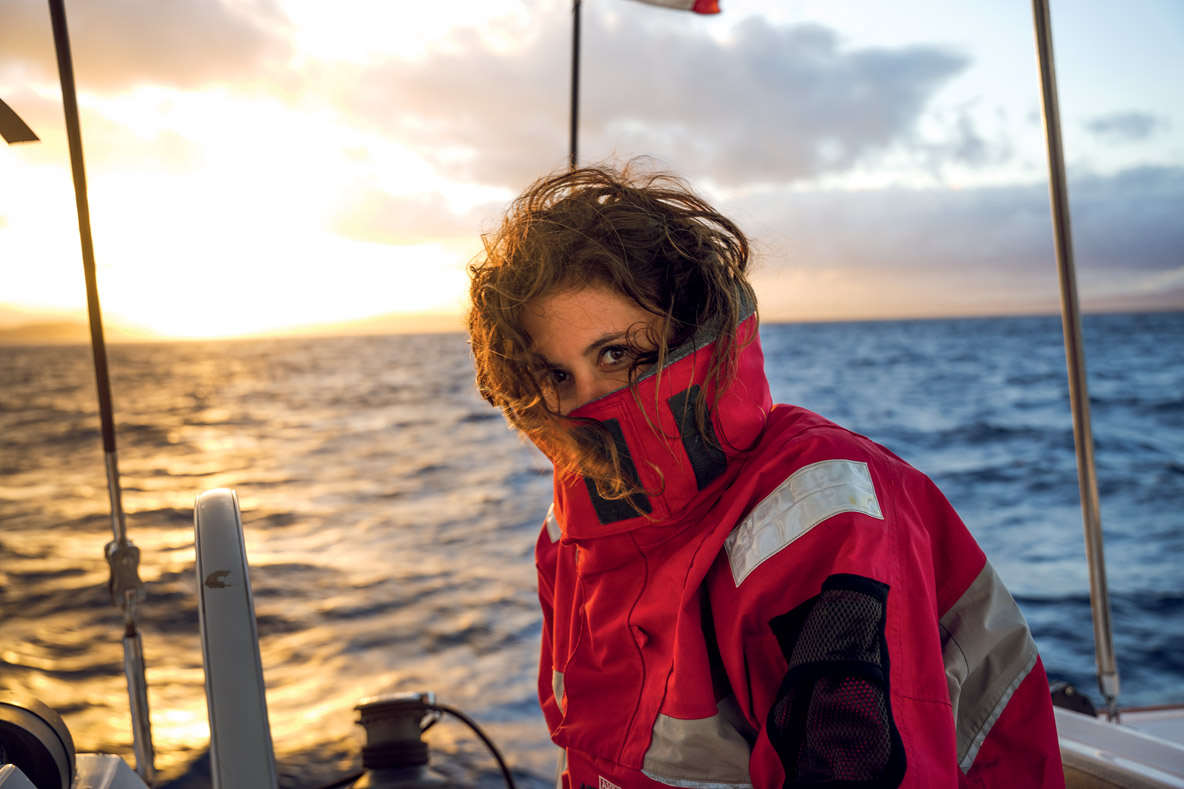
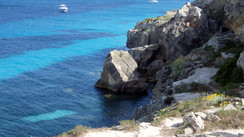
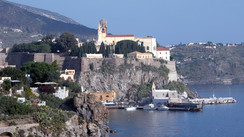
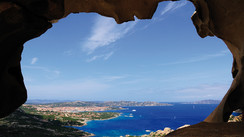
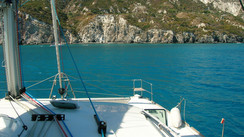
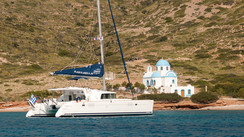
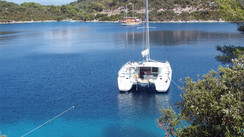


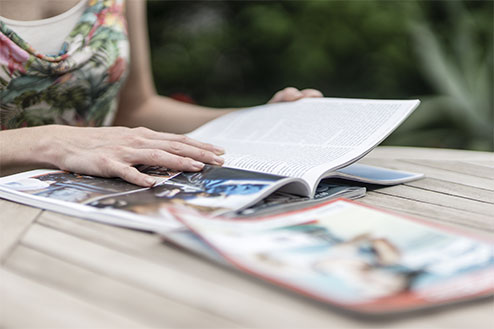
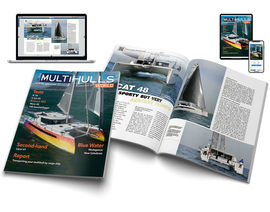



What readers think
Post a comment
No comments to show.